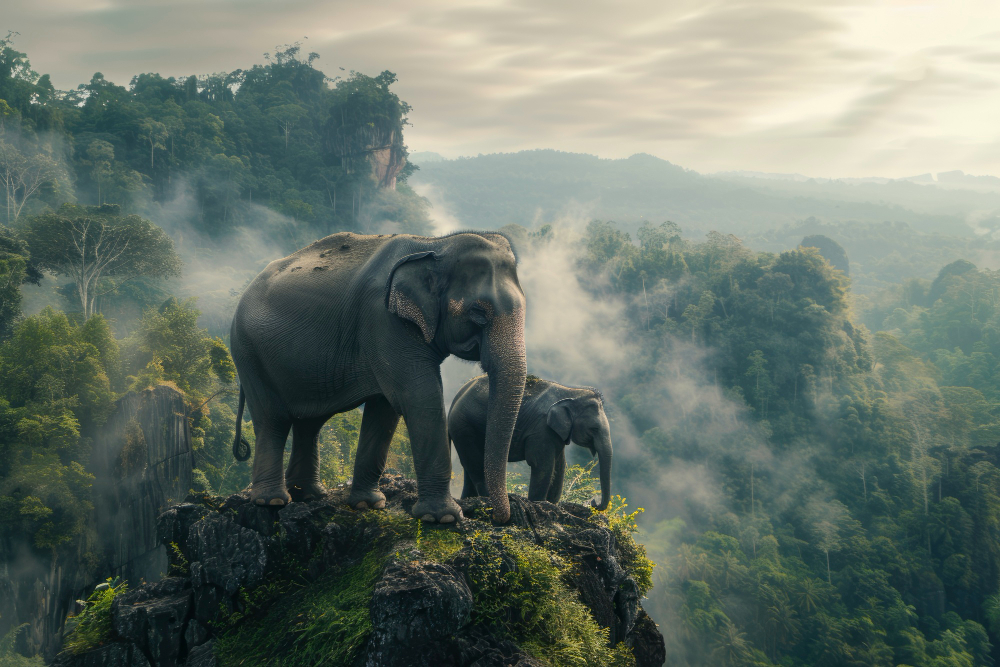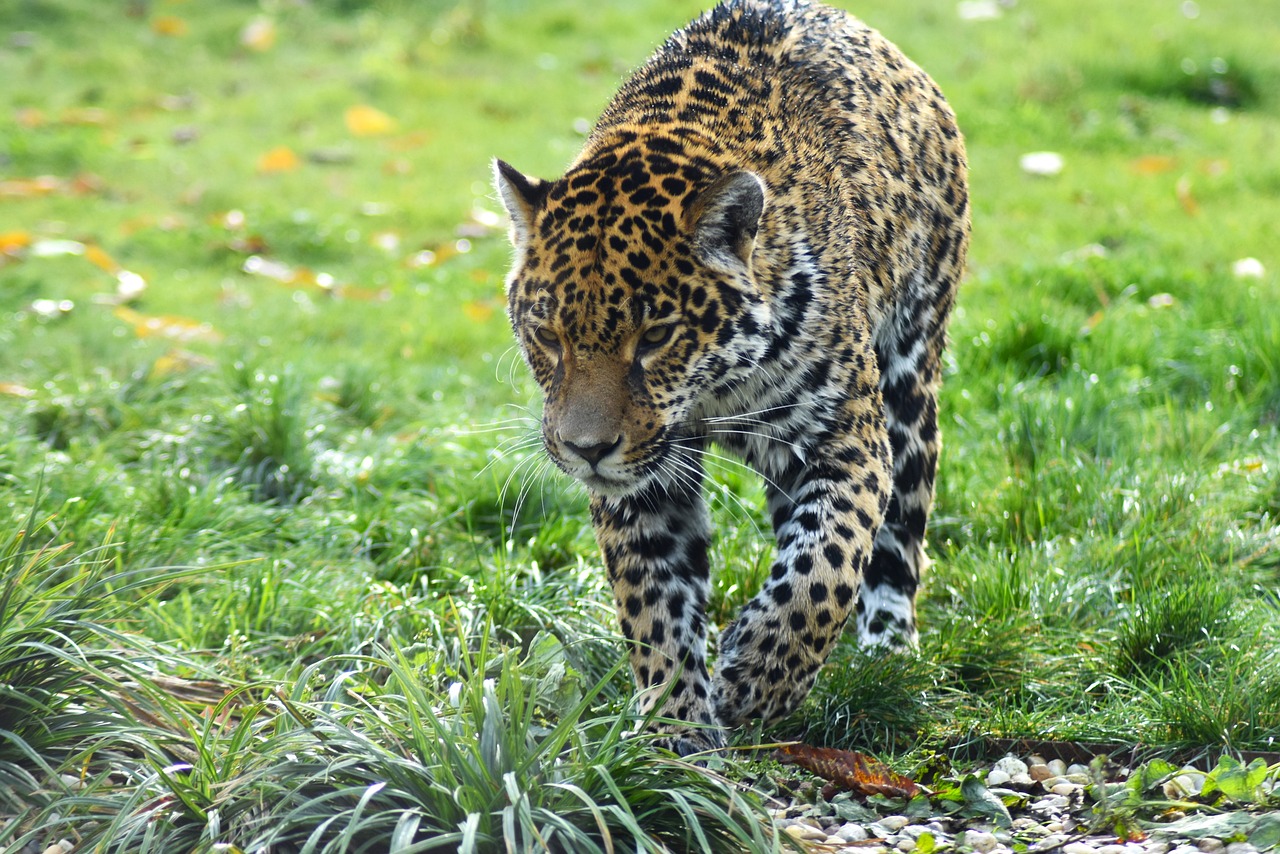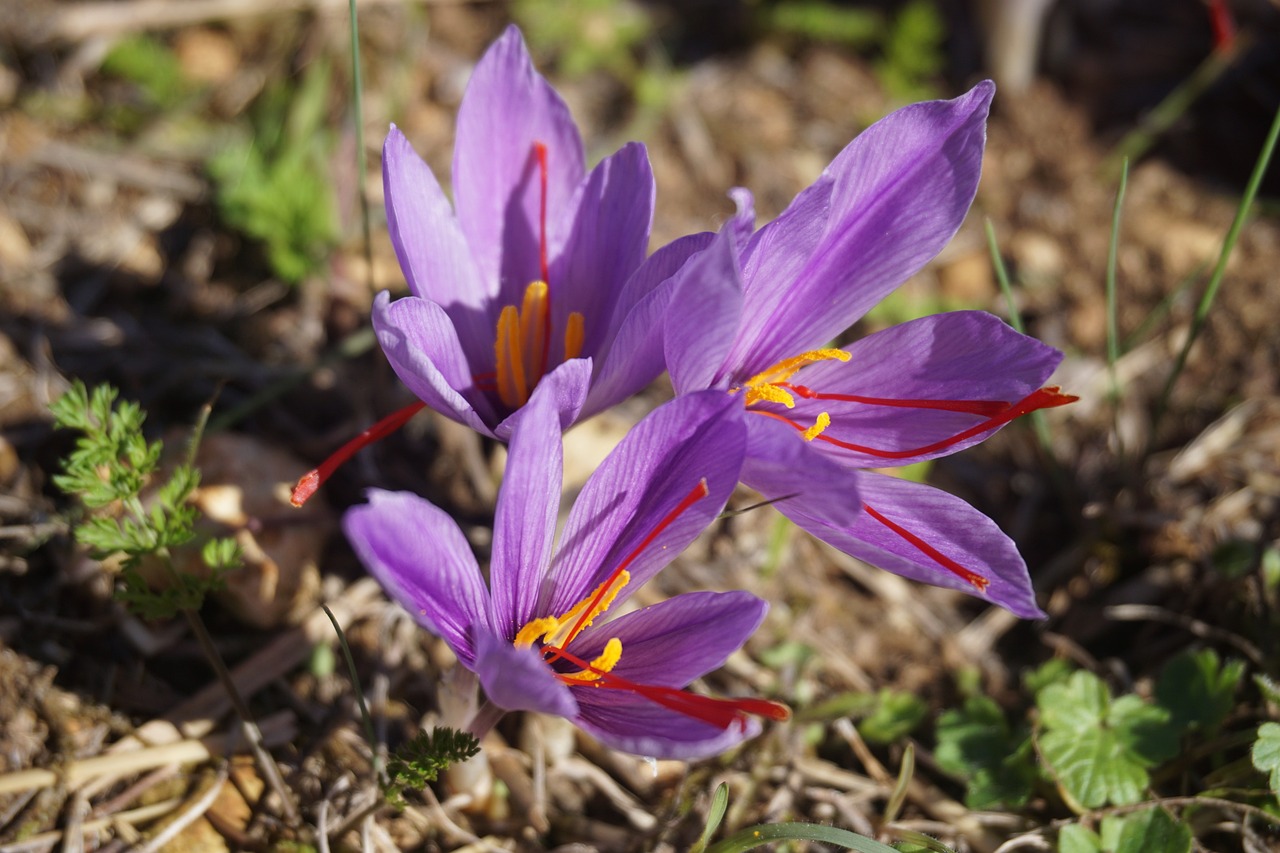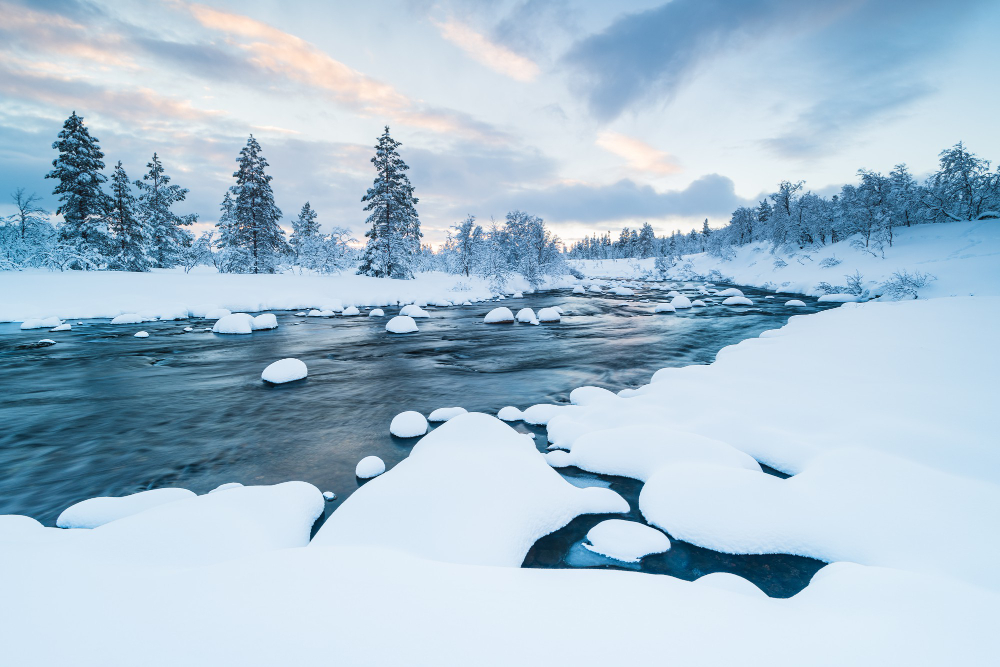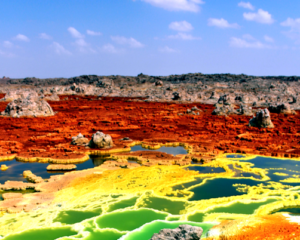 Pin
Pin Photo by Freepik
Sleep isn’t just about rest—it’s survival. In the wild, it can mean safety, energy conservation, or healing. Some animals sleep more than you’d expect, not out of laziness but because nature designed them that way. When you hear about the longest sleeping animals, it’s easy to laugh it off as a quirky fact. But there’s more to it. Their sleep is woven into their biology, their evolution, and even their fears.
Let’s begin with the first on the list.
Table of Contents
1. Koala – Up to 22 Hours a Day
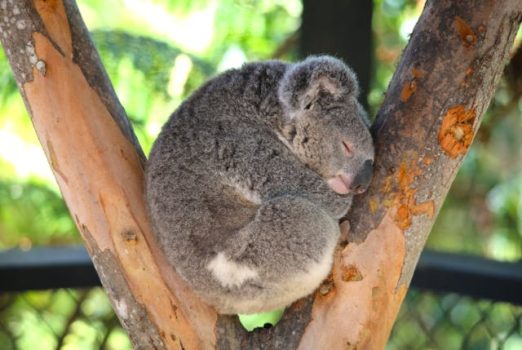 Pin
Pin Photo by George and Margot
Koalas are cute, no doubt. But behind those sleepy eyes and slow movements, there’s something deeper going on. They sleep for up to 22 hours a day—almost an entire day spent in stillness. But they aren’t just being lazy.
Koalas eat eucalyptus leaves, which are low in nutrients and hard to digest. Their bodies need time to process that tough food, so they slow everything down. Less movement, more energy saved. And sleep becomes their way of surviving on such a difficult diet.
Plus, koalas are incredibly vulnerable. Their sleeping in trees isn’t just about being off the ground—it’s a quiet place where they feel safe. The long sleep is also a response to heat. In the Australian wild, resting during the hot hours is a way to protect themselves from dehydration.
There’s something strangely relatable about koalas. When life gets too much, they sleep through it. Their silence feels almost like an emotional shield.
2. Python – Sleeps for Around 18 Hours a Day
 Pin
Pin Photo by tu nguyen
Snakes aren’t usually associated with emotions. But the way a python sleeps? It tells a whole story of patience, energy, and survival.
Pythons sleep for about 18 hours a day, and sometimes even longer after a big meal. Their digestion is intense—it can take days. During that time, they’re basically shut down, not moving, not hunting, not even aware of the world around them. It’s like they vanish into themselves.
Their long sleep isn’t just about rest—it’s a period where they’re deeply vulnerable. They can’t defend themselves, so they find safe, hidden places and completely surrender to stillness. That act of trust in their surroundings… it’s powerful.
There’s something lonely about it too. A python spends most of its life in silence, curled up in dark corners, sleeping and waiting. It’s not laziness—it’s survival crafted over millions of years. And in a strange way, it makes you wonder how many of us also hide away and rest when we feel too exposed.
3. Brown Bat – Sleeps Up to 20 Hours Daily
 Pin
Pin Photo by John Torcasio
There’s something haunting about bats. The way they hang upside down in pitch-black caves, hidden from the world. Brown bats are one of the longest sleeping animals—spending nearly 20 hours a day asleep. And it’s not just during hibernation. Even in warmer seasons, their lives are defined by darkness, silence, and rest.
Their sleep is deeply tied to survival. Brown bats are tiny, and they burn energy fast. So they hunt at night when insects are out, and then spend most of the day in a motionless state, clinging to cave ceilings or tree bark where predators can’t reach them.
But it’s not just about hiding. Their sleep helps them regulate body temperature. In cold months, their bodies go into a state of torpor—a near-frozen stillness that feels like a form of retreat from life itself. It’s eerie but beautiful. It’s like the world stops for them, and they just… let it.
There’s something almost poetic in that. Like sleep is their sanctuary from a world too harsh to face for long.
4. Armadillo – Sleeps Around 18–19 Hours Daily
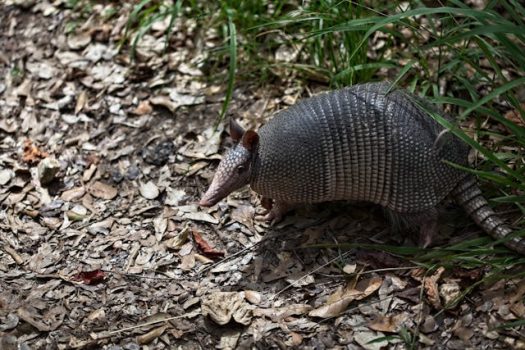 Pin
Pin Photo by Lawrence Schaefer
Armadillos aren’t flashy. They don’t roar or fly or climb. They curl. They dig. And they sleep—a lot. Some species, like the nine-banded armadillo, are known to sleep around 18 to 19 hours a day. It’s not a nap. It’s nearly a full disappearance from the surface world.
Their armor makes them look tough, but truth is, they’re skittish. Vulnerable. They dig deep burrows and vanish underground, where predators can’t follow. That’s where they sleep, cocooned in darkness and silence, hiding from the noise of life above.
They’re most active at dawn and dusk, slipping out like quiet ghosts to search for insects. Then it’s back to sleep. Not just for rest—but for safety. There’s a loneliness in how they live. A kind of resignation. They don’t need the spotlight. They just need peace.
And somehow, the way they disappear into the earth to sleep… it feels like something a lot of us secretly wish we could do when the world gets too loud.
5. Opossum – Sleeps Around 18 Hours a Day
 Pin
Pin Photo by Jack Bulmer
Opossums don’t get much credit. People see them as weird, maybe even creepy. But there’s something quietly heartbreaking about how they live—and sleep.
They spend nearly 18 hours a day asleep. Alone. Hidden. Curled up in burrows, hollow trees, or even abandoned buildings. It’s not just because they’re nocturnal. It’s because the world outside is constantly dangerous for them. So they sleep through most of it.
Their long sleep is part instinct, part strategy. When they are awake, they roam the night looking for scraps—whatever they can find. They’re survivors, but it takes a toll. And that makes sleep feel like their only refuge.
Even their most famous defense—“playing dead”—is just another kind of pause. A freeze. A desperate way to avoid harm. It’s not bravery, it’s fear. That same fear echoes in their sleep. They shut down to survive, over and over.
There’s a strange kind of sadness in their rhythm. But there’s strength too. Rest becomes their armor in a world that rarely gives them peace.
6. Sloth – Sleeps 15 to 20 Hours in Captivity
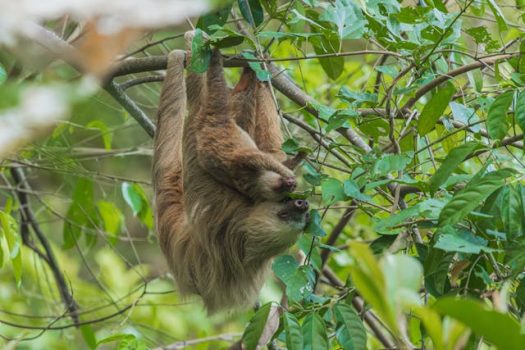 Pin
Pin Photo by Jean Paul Montanaro
Sloths have become symbols of laziness in memes and jokes, but if you really look, their story hits deeper. In captivity, they sleep between 15 and 20 hours a day. Even in the wild, though slightly less, they still spend most of their time in stillness. But this isn’t laziness—it’s survival.
Their slow movements are a defense. They move so little that predators often miss them completely. Their sleep is tied to that same strategy. By resting high up in the treetops, blending into the canopy, they avoid drawing attention. Sleep is part of their camouflage.
But there’s more. Their diet—mostly leaves—isn’t exactly energy-rich. So they sleep to conserve every bit of strength. Every nap is part of a bigger plan: survive, stay hidden, stay alive.
And honestly? There’s something gentle and vulnerable about that life. Like they’ve made peace with the world’s dangers by not fighting them, just quietly existing through them.
It’s not slowness. It’s quiet courage.
7. Lemur – Sleeps Around 16 Hours a Day
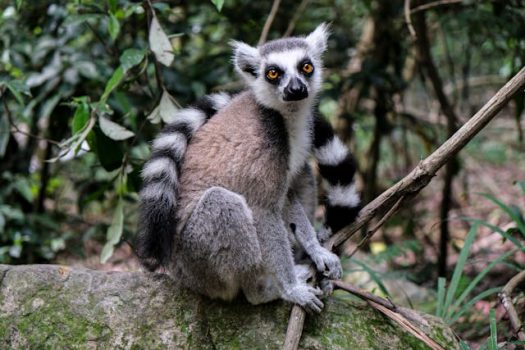 Pin
Pin Photo by Magda Ehlers
Lemurs aren’t just playful forest creatures with big eyes and soft calls echoing through Madagascar—they’re also deep sleepers. On average, lemurs sleep for about 16 hours a day, and there’s a real reason behind that heavy need for rest.
Their environment is full of stress. Competition, predators, unpredictable weather—lemurs live with constant tension. Sleep becomes their escape. A way to conserve energy, yes, but also a break from the chaos that surrounds them. When they find a safe tree to rest in, they hold onto it like it’s the one place that still makes sense.
There’s an emotional rhythm in how they sleep. Groups huddle together at night, sharing warmth and security. That closeness isn’t just instinct—it’s connection. Their sleep isn’t just rest. It’s bonding. It’s safety. It’s survival wrapped in stillness.
They don’t sleep because they’re lazy. They sleep because life out there is hard. And when things get too much, sometimes all you can do is curl up close to someone and shut the world out for a while.
8. Tiger – Sleeps Between 16 to 20 Hours a Day
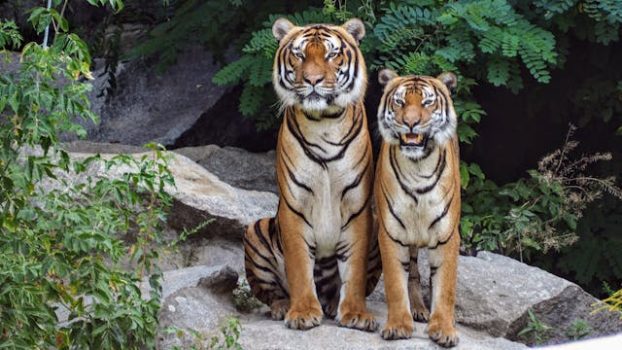 Pin
Pin Photo by Thomas B.
Tigers are known for their power. Their raw muscle, their stealth, their ability to bring down prey with a single leap. But what people don’t often see is how much they sleep—up to 20 hours a day in some cases. It’s unexpected for a top predator, but it makes sense when you look closer.
Hunting burns a massive amount of energy. One failed chase can leave a tiger exhausted, sometimes injured. They don’t hunt for sport. They hunt to live. And that means when they’re not out there risking everything for a meal, they sleep. Deeply. In the shade, under brush, hidden away from any unnecessary threat.
There’s something majestic about that rest. Like they’ve earned it. Like sleep is their way of healing—not just physically, but emotionally. After the fight, after the hunger, there’s finally quiet. And they sink into it completely.
Their sleep doesn’t show weakness. It shows wisdom. Even the fiercest beings need peace, and for tigers, it’s found in stillness.
9. Cat – Sleeps Up to 16 Hours a Day (Sometimes More)
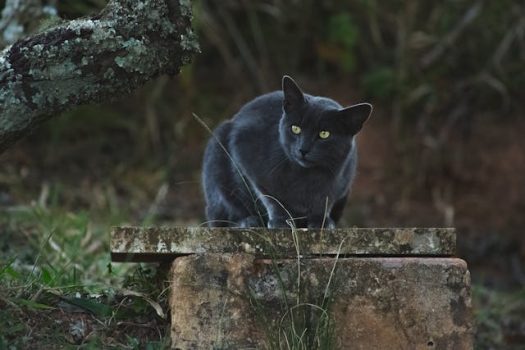 Pin
Pin Photo by Lucas Pezeta
Domestic cats might live in homes, but their instincts haven’t changed much from their wild ancestors. They sleep for up to 16 hours a day—sometimes even longer. People think cats are lazy. That they lounge around because they can. But their sleep is rooted in something far older.
Cats are natural predators. Their bodies are built for short, intense bursts of energy. Hunting—even playfully—takes focus, speed, and precision. That kind of lifestyle needs serious rest. So they sleep. And not just light naps. Deep, restorative sleep, often curled in warmth or hidden in corners that feel safe.
What’s surprisingly emotional about cats is how they choose where—and with whom—they rest. If they sleep near you, it means trust. Vulnerability. For a creature always on alert, to fully relax is a sign of comfort most don’t notice.
Their long sleep isn’t indulgence. It’s a mix of instinct, survival, and, at times, quiet connection. And when they finally close their eyes, it’s like they’re letting go of the world’s weight.
10. Giant Panda – Sleeps Around 10 to 16 Hours a Day
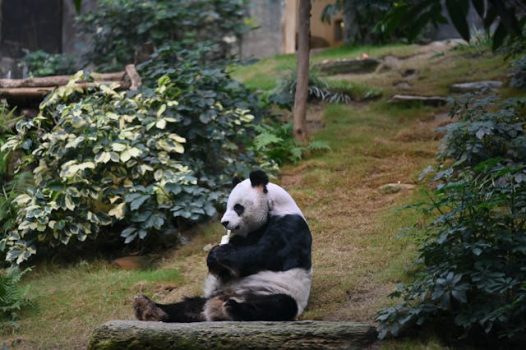 Pin
Pin Photo by Simon Kan
Giant pandas look gentle. Slow, quiet, peaceful. But their life is a constant struggle to stay balanced. They spend about 10 to 16 hours a day asleep—not because they’re carefree, but because they have to. Their diet is mostly bamboo, which barely gives them enough energy to function. So they eat a lot, and when they’re not eating, they sleep.
There’s something deeply emotional about watching a panda rest. The way they curl up, like they’re holding on to some kind of comfort. Their world moves slowly, carefully, like they’ve learned to tiptoe through life without stirring up too much chaos.
Their sleep is a way to keep going. To stay alive on such limited fuel. To avoid unnecessary risks. Every nap is strategic. Every still moment is part of a delicate balance between survival and exhaustion.
What makes it beautiful is that despite everything, pandas still play, still climb, still live with a quiet sort of joy. Their sleep isn’t escape—it’s healing. It’s how they make space for life to feel gentle again.
5 Eye-Opening Facts About Animal Sleep You Never Knew
- Sleep Isn’t Always Peaceful—It’s Often a Survival Response: In the wild, sleep can’t always be restful. Many animals stay half-awake during sleep—literally. Dolphins and some birds use unihemispheric sleep, where one half of the brain stays alert while the other rests. It’s not comfort. It’s survival. When the world is dangerous, sleep becomes a balancing act between rest and readiness.
- Some Animals Sleep With Their Eyes Open: Yes, it’s real—and eerie. Creatures like snakes, fish, and certain reptiles don’t have eyelids, so even when they sleep, their eyes don’t close. That doesn’t mean they’re alert—it’s just their anatomy. But it gives off the unsettling vibe of being stuck between sleep and wakefulness, forever guarding themselves from threats.
- Sleep Can Change With the Seasons: Hibernation isn’t just sleep—it’s deep, slow survival. Bears, groundhogs, and bats enter a state that’s closer to suspended animation than a nap. Their heart rates drop. Breathing slows. It’s a kind of pause button during the harshest months, where rest isn’t optional—it’s life-saving.
- In the Animal World, Rest Is Rarely a Luxury: Unlike humans, most animals don’t sleep just for pleasure. Rest is rationed, calculated, often interrupted. Prey animals sleep lightly and in short bursts, always sensing danger. Their bodies may be still, but their minds never fully let go. That kind of stress never fades—it just quiets for a while.
- Sleep Is Deeply Emotional, Even in Animals: Watch a dog curl beside its owner or an elephant rest in a protective herd. There’s emotion in that stillness. Trust. Bonding. Vulnerability. Sleep is often where animals show their truest selves—not in what they do, but in how they let go when they finally feel safe enough to rest.
FAQs
Animals that sleep a lot usually have low-energy diets, like eucalyptus or bamboo, or they’re conserving energy due to slow metabolisms. For some, sleep helps them stay safe—hidden away from predators. It’s rarely about laziness. It’s a deeply rooted survival mechanism shaped by their environment, food sources, and instincts.
Some do. Mammals like dogs, cats, rats, and even elephants show brainwave patterns during sleep that suggest dreaming. Their twitching paws or quiet vocalizations during sleep might be more than random muscle movement—it could be them reliving moments, just like we do.
The koala tops the list, clocking up to 22 hours of sleep per day. Their nutrient-poor diet and slow digestion make that rest crucial. They sleep more than any other known land mammal—not because they want to, but because they have to.
Sleep helps with memory, healing, metabolism, and emotional regulation—even in animals. In the wild, it’s also a strategy. It helps predators save energy for hunting and lets prey avoid unnecessary movement that might expose them to danger.
Yes, though it’s hard to detect in the wild. In captivity, animals have shown signs of sleep disturbances, especially under stress. Domesticated pets like dogs and cats can develop insomnia-like behavior or disrupted sleep patterns if their environment changes or stress levels spike.



